Why I Write About Vampires
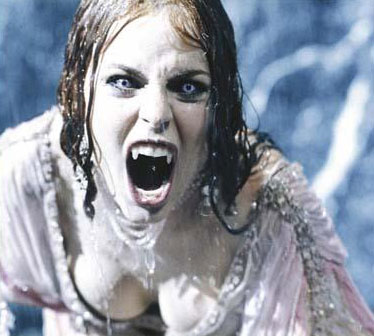
(picture from the movie, Van Helsing)
Why I Write About Vampires
Those who know me know why I love to write about vampires — because there have been vampire myths in the history of every major country and continent in the world. I’ve had a fascination for these creatures since I was about seven. And that curious fascination is what caused me to begin what has become a lifetime of research. Since I was twenty and overseas, I have looked into the vampire mythos extensively. I’ve prowled libraries and read history books, visited mausoleums and churches, and walked many a dirt path of ancient abbeys. Every step was to discover the origin and possibility of the vampire, this creature that inhabited the culture and mythology of every continent.
For something that didn’t exist, it seems a strange thing to be found everywhere, don’t you think?
I thought so and that is why I fell in love with the vampire. It’s why I write about them. The possibilities of truth, the seduction of the legends, is compelling.
Of course, the word “vampire” didn’t exist in ancient times. The blood drinking, prowling night creatures were called ghouls, demons, spirits, Some were known as goddesses – like Lillith or Egypt’s Sekhemet, beings that craved the blood of babies and had a penchant for luring men to their beds.
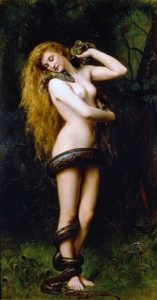
Older even than Lillith is the Mesopotamian demon Anu or Gallu, also child-stealing and blood drinking, usually with animal forms. But always a “she.” Even the Greek Gods (you know the ones we all hear about with Zeus?) had Lamia who supposedly slept with Zeus, was found out by Hera, punished as Hera killed all her children. As a result Lamia swore to kill every child and drink their blood. The Goddess Hecate had a daughter who was believed to be as a siren and seduced men before drinking their blood (sounds like our modern myths, yes?)
I’m sure you’ve heard tales of the Russian “upir” or the Romanian “strigas, or even the Jewish Estries continue the myth of the bloodsucker. Consider the word “leech” that comes from a Hebrew word “alukah.” In India, they had the vetalas, written in detail in their Sanskrit folktales. In Catalonia, there is the “Dip,” an evil vampire dog.
As if to capture our imaginations further, literature around the world can’t stop writing about the vampire creatures. From Homer’s Odyssey, thru the ancient Indian text Kathasaritsagara, and into Irish Le Fanu’s Carmilla to Stoker’s Dracula, every history, cultural myth and country would have you believe the vampire roamed their land if not their psyche.
Today, this trend continues and we celebrate our myth in more books and movies. Crypts are open and skeletons show us ghoulish possibilities. Historians continue to debate. And the search continues for proof of Dracula in the missing bones of Vlad the Impaler, who bore the Order of the Dracul.
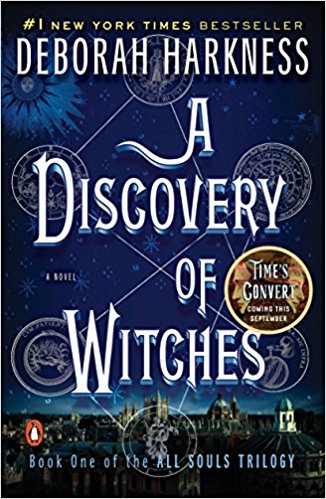
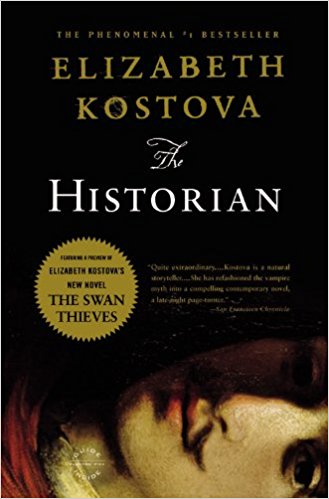
Is it any wonder then why authors continue to offer vampiric delights (okay, except for sparkly vampires)? This is why the vampire is my study and my joy. This is my passion and why I write stories of vampires and the creatures they know.
The trick is to tell the aged vampire myth in a way that has never been told. To seek out new myths in new civilizations. To boldly go where no vampire has gone before. (apologies to Gene Roddenberry).
There are other reasons for writing vampires beyond the idea of their immortality. There are the seductive aspects, even the sexual ones. But what fascinates me is the psychological ones: the manipulation, the physical possibilities, how the psyche must adapt, just to name a few. There are other books dealing with the influence of the vampire, and how it touched children and adults. Is it beautiful with ugly side effects? Or ugly with a beautiful heart? Does the vampire kill selectively or without prejudice, widely or like a lion with a hunting ground? Is it solitary and why or why not. Yes, the vampire has much to offer and this is why is continues to be fascinating. Many of these issues are in my books and my fiction addresses them.
This is why I write. Because with nearly every country in the world believing in such myths, how can all of them be a lie? I am seduced, enchanted, and teased by the possibility of truth. I consider it an honor to add my name to the immortal records of this legendary creature.
Vampires. Don’t look now but they’re watching you and the seduction continues.
Thanks for dropping by.
I remain, Yours Between the Lines,
Sherry
In other News:
I am pleased to announce the release of a new anthology, Inspiration for Writers by Writers (Writing is Art Book 1). My perspective is in it as well as 13 other interesting authors. Give it a read (an ebook version is coming too). Click the picture to take the link.
















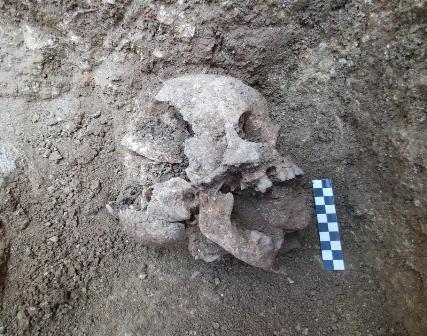 picture by David Picked of Stanford University
picture by David Picked of Stanford University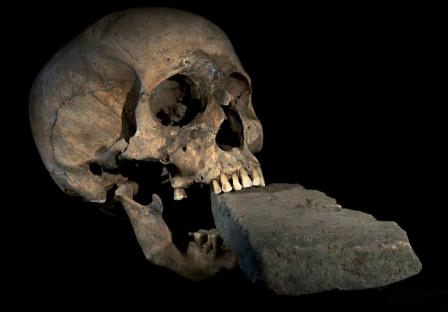
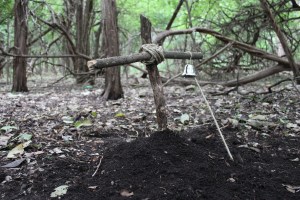 Picture of Safety Cross, courtesy of Kimberly Bannister
Picture of Safety Cross, courtesy of Kimberly Bannister